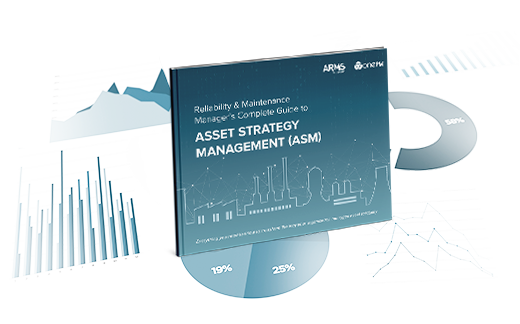When it comes to organizational structure, maintenance and reliability are better together. True alignment, however, requires a better understanding of each function and the value they bring.
Maintenance and reliability are, in many ways, two sides of the same coin. Most maintenance and reliability engineers share a common goal which is to improve the performance of assets.
What they do to achieve this goal may be different, but in some organizations, the delineation of work is not always clear.
On the other end of the spectrum, the delineation may be too complete and result in siloed thinking and behavior.
There are several problems that arise from this separation of maintenance and reliability. For example, reliability engineers may make good decisions that can’t be practically executed by maintenance teams. Or, if decisions can be executed, there’s confusion about how tasks should be carried out. These problems are not the fault of any one team, but stem from a lack of alignment.
The question is how can an organization best achieve alignment between maintenance and reliability? The first step is establishing a clear definition of roles.
Defining the difference between maintenance and reliability
If you look at the position descriptions in your organization, you will see different responsibilities associated with your maintenance and reliability teams. The problem is that position descriptions very seldom inform one’s day to day work.
It is important that management and teams themselves are very clear on their responsibilities and the value they bring. One way to do this is by looking at the bigger picture and align roles to the functional requirements for asset management.
For most organizations, these functional requirements fall into four different categories. These are:
- Strategic decision making: This function is responsible for setting the strategy and making decisions such as how long to maintain an asset and how to care for it.
- Work management: This function involves implementing the strategy and specific responsibilities like planning and scheduling.
- Asset condition and monitoring: Once the strategy is put in place, there will need to be people and processes to monitor the work and provide feedback to decision makers.
- Root Cause Analysis (RCA): RCA identifies the cause and effect relationships for a problem or event in order to generate solutions and prevent problems from recurring.
Once you’ve defined these functional requirements for your organization, you can identify the people and processes needed to carry out the work. There are some decisions that can be made on precedent. For example, strategic decision making tends to fall into the realm of reliability engineers.
However, it is also important to challenge some of these precedents. One of these is the frequent separation of duties based on the size of a problem. It is often assumed that small problems should be handled by maintenance teams while any bigger problems should be escalated to reliability teams. But who determines whether a problem is small or big, and on what basis do they make that decision?
More to the point, the size of a problem should not determine who fixes it. What’s important is who owns the process for resolution. For example, if an RCA is required, it should be completed by the team who owns the process.
This leads to a final point which is that you need more than a position description or organizational chart to create alignment. You need a process to drive the right activities and ensure optimal maintenance and reliability.


